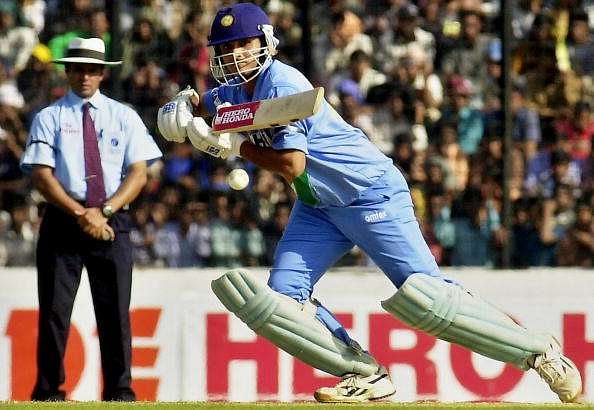
Calcutta's own time-changing machine
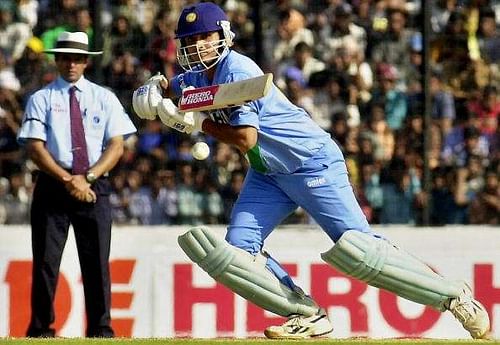
How well do you remember Sourav Ganguly? I, for one, don’t remember him well enough. The reason for this ignorance could partly be associated with my lopsided interest in the game during the early 2000s – when Ganguly played, thrived, and perished – and partly with the religious fanaticism that Sachin Tendulkar brought about.
While the 1983 World Cup triumph was the game-changer for most of the Indian cricket's legion of practitioners and followers, for those born almost a decade later, and who came to their senses as late as I did, it was the 2007 World T20.
However, Ganguly was gone by then, not just from the format, but from the pedestal using which he led India to the cusp of unfathomable success. That he could only take his team to the cusp and not the triumph itself would perhaps remain the only blot on his fearless repertoire, but this isn’t a day to discuss any of that.
I have grown up remembering Ganguly through conversations at the workplace, statistics thrown around in debates and presented on TV – whenever there’s an inductee to the list record holders that has Ganguly’s name on it – and through his omnipresence in cricket administration.
But, for me, Ganguly could never cross the line that separated cricketers from legends, and distinguished mavericks from the laidbacks. However, my opinion doesn’t matter, not the least in the case of an international cricketer with over 400 appearances for India.
Ganguly didn’t appeal to me because I could never watch him bat, and just like you make the mistake of denying what you don’t see, I denied what I later came to know as the stint that bred the cricketers I now eulogize.
You always fear what you don’t understand, and hence, in cricket debates and discussions, I have often been left with the empty rhetoric of Ganguly having lead India to unprecedented success without an opinion or a memory to back the presumption.
So to make matters clear and make some sense of this perceived fanaticism behind the man touted to be one of the greatest to have lead India, ever, I spoke to those who did watch him bat, not just on TV but in flesh and blood and knew what it meant to be close to something that I could not understand.
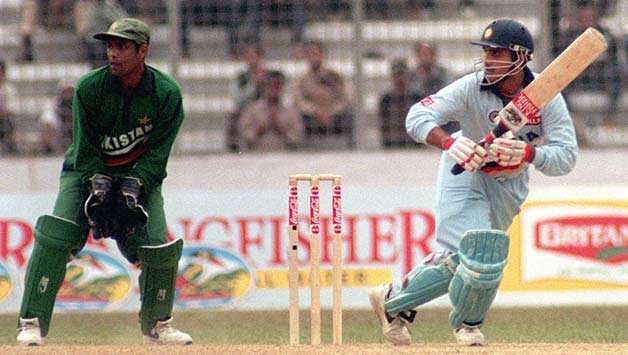
For me, an 11-year-old in 2003, Tendulkar helped India reach the 2003 World Cup final, and for a 15-year-old in 2007, MS Dhoni won India the World T20.
For Souvik Roy Chowdhury, though, after having played Division One cricket in Bengal and having covered the game thereafter in his career as a journalist, life has thrown Ganguly as everything he couldn’t be to me.
“It was 1998 and I was playing for Mohammedan Sporting in the CAB (Cricket Association of Bengal) U-13 tournament. Those were the days when all matches were organized at the Eden Gardens with the ground divided into three smaller grounds, although big enough to test our tiny muscles. And on one fateful day, whilst I was playing, Ganguly showed up.”
This was after Ganguly’s 124 vs Pakistan in the Independence Cup final in Dhaka. That the series was decided through best-of-three finals, that India and Pakistan – with all of their turmoil that could have been kept separate but wasn’t – were a part of it, and that India chased down 315 in 1998 made this innings the raison d'etre of Ganguly’ s career.
“The reason for his visit was unknown but the general euphoria upon seeing him near the dressing room was one to remember,” Chowdhury recalls.
“Not only did several tiny feet from all around the ground run towards the man with their pads on, but the parents too competed with their own kids. Women of all ages rushed to get a sight, to catch a glimpse, or if lucky enough, an autograph.”
This was before the 2003 heroics, or if not to look that far, before Ganguly was made the captain. This was before the ICC Champions Trophy win in 2002. This was before Ganguly was Ganguly-ized.
Chowdhury did manage to get a glimpse of the prince who was yet to be one. However, this wasn’t the first occasion of the former club cricketer having aborted the field to get a glimpse of the man who perhaps inspired him to take the field in the first place.
Ganguly’s ODI debut in 1992 (1992? Yes!) has conveniently been lost amidst his back-to-back hundreds in this first two Test innings. A 24-year-old had hit two centuries in England and Calcutta (as it was known then) was abuzz with excitement.
But how excited could the town possibly be? Ganguly wasn’t the first man from Bengal to play for India. Chowdhury explains exactly how.
“It was a regional Chess tournament in Kashipur (in Calcutta) and I was participating in the under-7 age group. After winning two of my first three games, I was seated at table 4 (In a chess tournament, table number one is for the leaders and so on),” he says with a spatula of pride plastered on his face.
I stop for a moment and wonder how could a 7-year-old be playing chess? I stop for another moment and wonder how could a 24-year-old cricketer from the subcontinent score back-to-back hundreds in his first two Test appearances in England?
“A point would have landed my name in the local papers. But that wasn't to be. The reason? I wanted to see Sourav score his third century in a row.
“I asked my opponent, “Tor ma eseche? Draw nile ki marbe? (Is your mother here? If you take a draw, will you get a beating?).” He replied “Na masi eseche. Kichu hobena. (No it’s my aunt. I won’t get a beating). ”
Ganguly followed his 131 at Lord’s with a majestic 136 in the first innings of the 2nd Test at Trent Bridge, after coming in to bat at 7/1. However, India’s 521 was met with 564 by the hosts with hundreds from the now fabled pair of Michael Atherton and Nasser Hussain.
“And after five moves we decided on a draw just to watch Ganguly bat as he attempted to set Trent Bridge alight in his third ever Test innings. It wasn’t to be, however, as, by the time I returned home, Ganguly had been castled. But the fanaticism remained, and it would draw me towards the game later on,” Chowdhury recalls.
India were bowled out for 211 in the second innings, and Ganguly was bowled by Dominic Cork for 48. The match was drawn but a dream lived on.
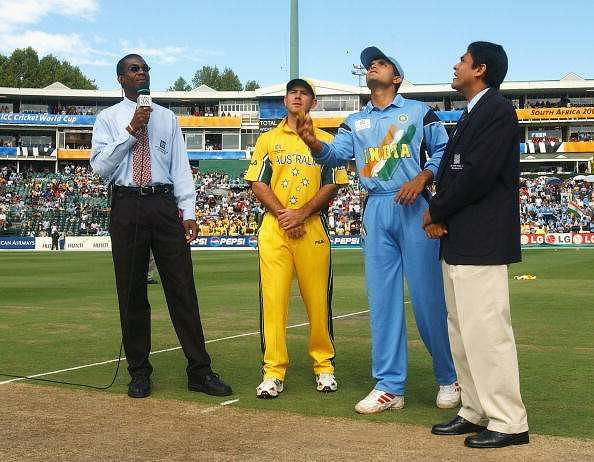
2003 was the time when Ganguly’s Ganguly-ization was on full flow. He wasn’t just the prince but the Messiah who revived the country from a heartbreak, brought the team close to an elusive dream and helped achieve several others.
It was fitting that the hallmark until that point was a win at the Eden Gardens in a match that shaped the collective opinion of Indian fans as much as it shaped the careers of two of India’s finest batsmen.
It was a time when Ganguly’s presence was scrutinized, his moves observed and planned against, and his shots analyzed with surgical precision. That was a time when even his absence made the news.
“It was a game that would forever be etched in my memory, but not because of the performances or the results,” Chowdhury says, referring to the final of the 2003 tri-series involving Australia and New Zealand played at the Eden.
“The Eden at that time boasted of concrete seats and the seating was on a first-come-first-serve basis. Hence, if you had a connection within the Kolkata Police, you could sneak in. The crowd for the final in 2003 was close to 1 lakh with many seated on the ground between the seats and the barrier.”
It was November 18, 2003, and India were playing Australia. Ganguly was out injured and Rahul Dravid had been tasked with the responsibility of leading the side. His absence had made the news, and the disappointment of the Eden crowd was apparent.
“Just then, I heard a roar – one that could have made the dead wake up and take notice. Sourav Ganguly was walking towards the centre to take a look at the pitch.
“The roar was awe-inspiring. The game may be many things but this is what Sourav Ganguly was all about. It was about a little kid walking into a stadium packed to the rafters watching the crowd salute one man walking into the middle and falling in love with the game.”
India lost the final but had their sweet redemption a month later in Adelaide, when Dravid and a certain VVS Laxman – who was having an affair as clandestine with the Aussies as Steve Smith now has with India – helped them retain the Border-Gavaskar Trophy.
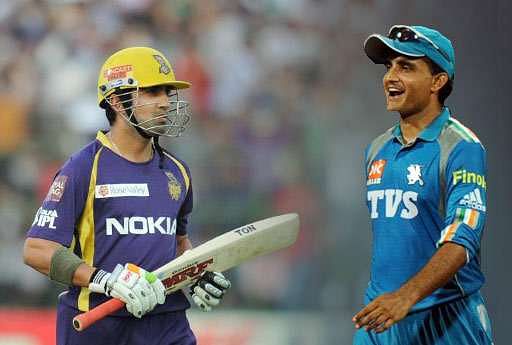
It was a pity, really, that Ganguly retired from the game when the IPL was on its path to ascendancy. For what happened after IPL took over the conscience of the selectors while picking the Indian teams, and the way several men were inducted riding on that wave, Ganguly could have been given another shot.
He was given another shot, yes, but for the first time as an outsider at the Eden. The Kolkata Knight Riders had reached the IPL knockouts once in four attempts, and the breakthrough season in 2012 – that saw them winning the first of their two titles – involved a plethora of changes.
"IPL has had a number of controversies but for all of us in Kolkata, it was at the beginning of the fourth season. Shah Rukh Khan, quite understandably, rebooted the franchise. Even Ganguly wasn’t spared. There was turmoil, consequently, and that even led to protests against the team, reminiscent of the ODI against South Africa where India were made to feel like an away team,” Chowdhury remembers.
Ganguly was now playing for Pune Warriors and Gautam Gambhir was now leading the Knight Riders. The times had changed, but for Calcutta, their time-changer remained the same.
Calcutta had never liked Ganguly’s omission – for whatever reason that might have been – and had made their resentment felt in the game against South Africa during the Greg Chappell era in 2005.
“The homecoming of the prince had gathered a lot of noise, and tickets available on the internet were sold out in minutes. That left us with the choice of going to the Mohammedan stadium where the tickets were to be sold. Upon reaching there, we saw that people had been waiting overnight with KKR having played a game just a couple of nights before.
“The KKR management was clearly not in sync with the demands and failed to announce that only a few hundred tickets were made available at the counters. The lines were huge, and the anger amongst the masses after being told that the game was sold out went overboard.
“What followed was pandemonium. Hoardings and boards were dismantled and anti-KKR slogans were in the air. That was followed by a lathicharge from the police mounted on horses. I remember running for dear life across the red road and the Rangers Ground as police on horses let loose,” he says with a chuckle of pride.
I listen to the now 28-year-old’s stories and realize one thing. I might not rate Ganguly as well as I rate some of the other Indian cricketers, but one thing I cannot deny is that I belong to that minority of the fans who simply didn’t watch Ganguly play enough over time.
For the man who could wind back the clocks, make kids abandon, or if I dare say, fix, competitive games, and make fans wait for two nights outside the stadium only to get a glimpse is too monumental to be missed out on.